Coastal Care Junior
April 10, 2025

Why are there two tides a day? – TED Ed
Excerpt:
In the 17th century, Isaac Newton offered the first gravitational explanation of tides. As he correctly identified, tides are choreographed by the motions of celestial objects, and Earth’s tides in particular are mostly driven by the Moon. But the precise nature of this relationship is actually quite nuanced. Elise Cutts explains how the Sun and Moon are responsible for the tides.
Lesson by Elise Cutts, directed by Rémi Cans, Atypicalist.
More in Coastal Care Junior . . .
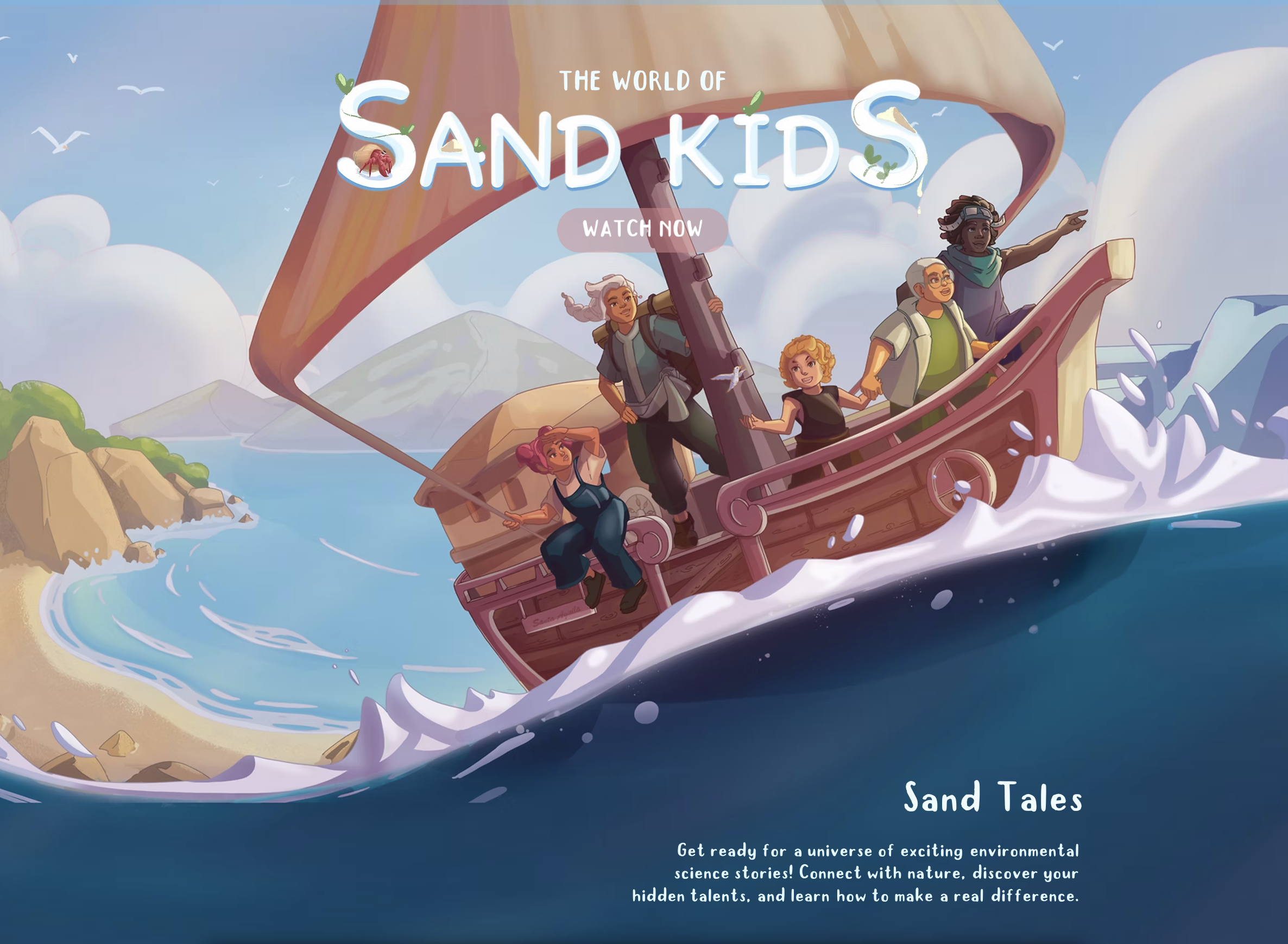
Introducing SandKids.org and Sand Tales Episode 1: From the Mountains to the Sea
What’s the difference between weather, climate, and climate change? We often hear about the threats posed by climate change and its effects on people and the environment. But before addressing how to tackle it, it’s important to understand the basics: what climate is, how it differs from weather, and how the two are connected. Discover how to identify signs of climate change in your area and start conversations that promote a more resilient future…
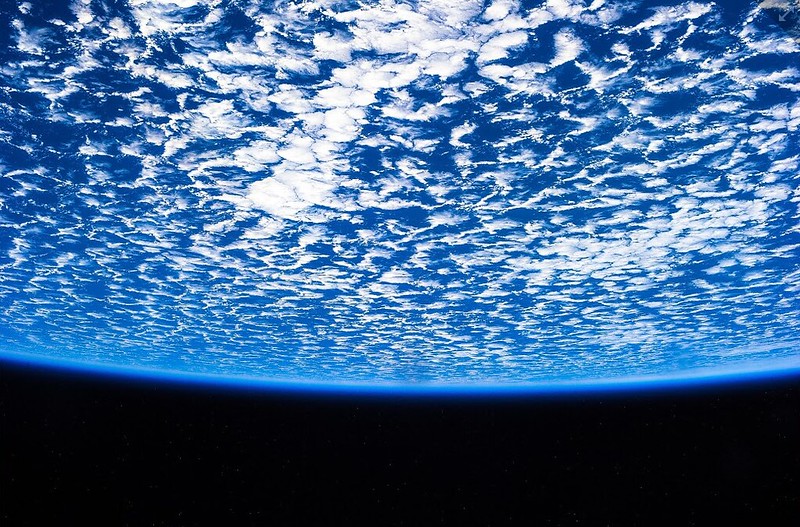
How Do We Identify Climate Change? – WWF Wild Classroom
What’s the difference between weather, climate, and climate change? We often hear about the threats posed by climate change and its effects on people and the environment. But before addressing how to tackle it, it’s important to understand the basics: what climate is, how it differs from weather, and how the two are connected. Discover how to identify signs of climate change in your area and start conversations that promote a more resilient future…
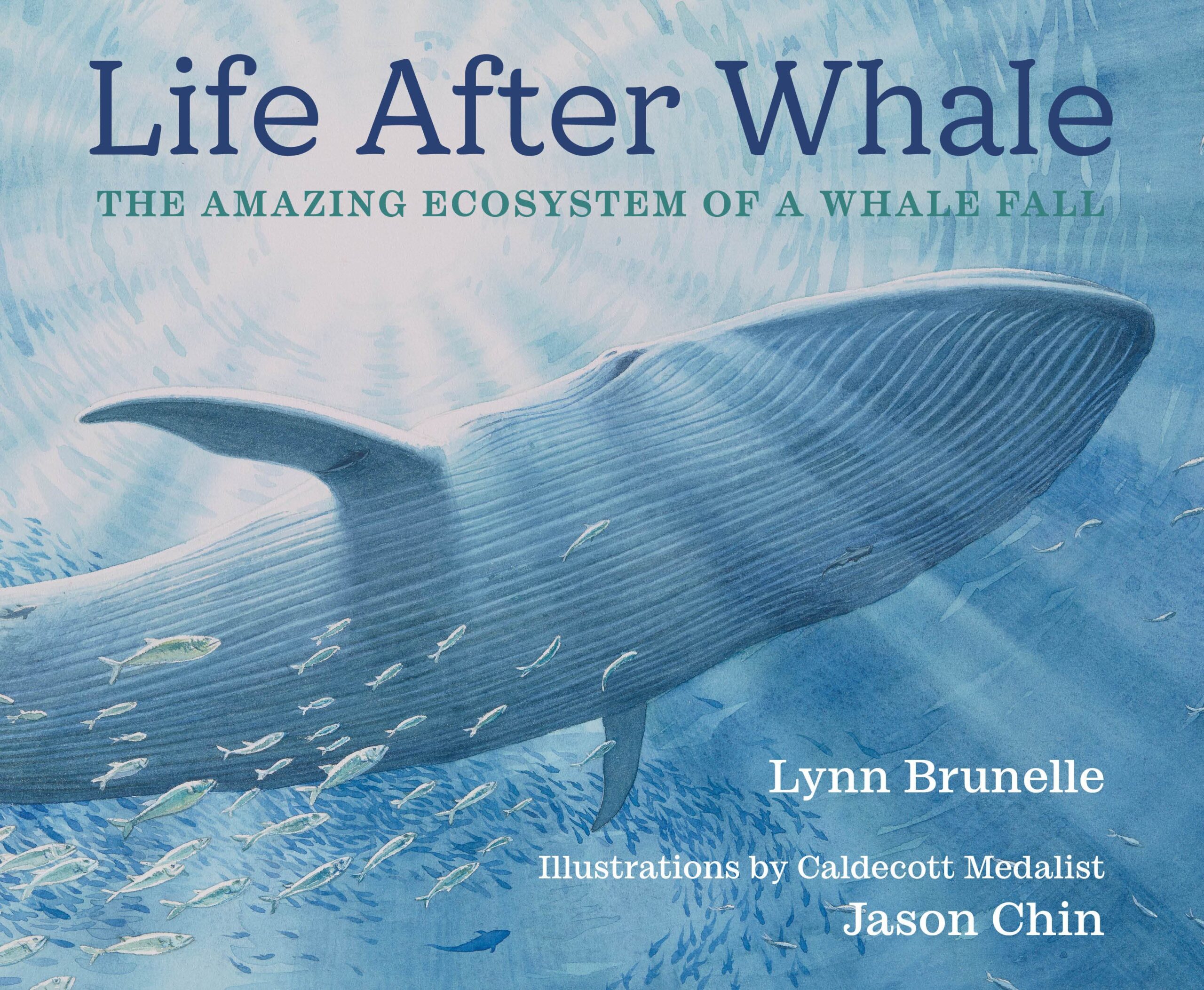
Little Books with Big Subjects – Hakai Magazine
These marine-themed children’s books have lessons to share without sacrificing story…
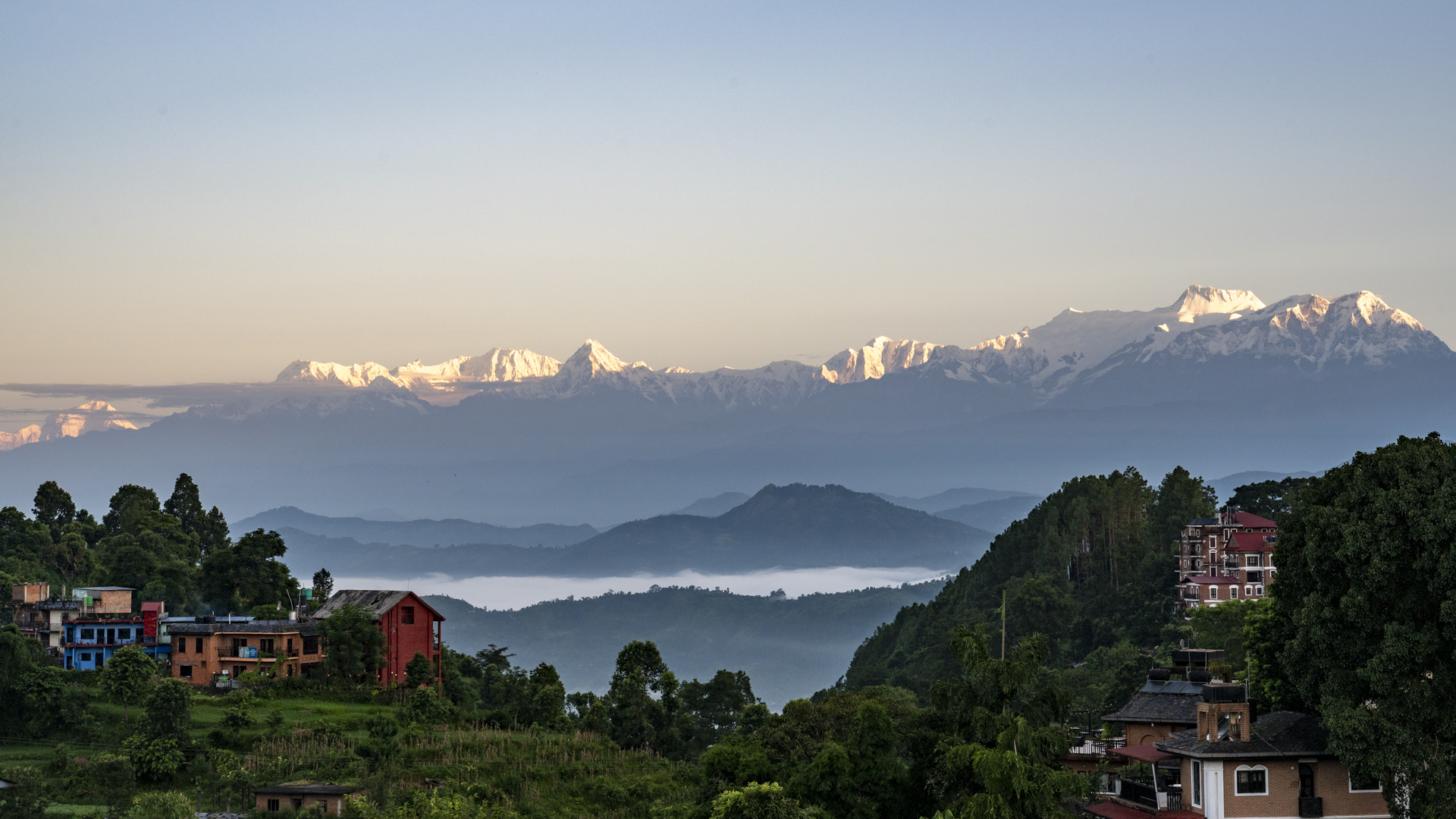
How the Himalayas Changed the World – PBS Eons
The rise of the Himalayas affected more than just the immediate area. Turns out, we may have them to thank for everything from the rise of giant flightless birds in Madagascar; to the disappearance of plants from Antarctica; to the expansion of the great grasslands of North America, and more…
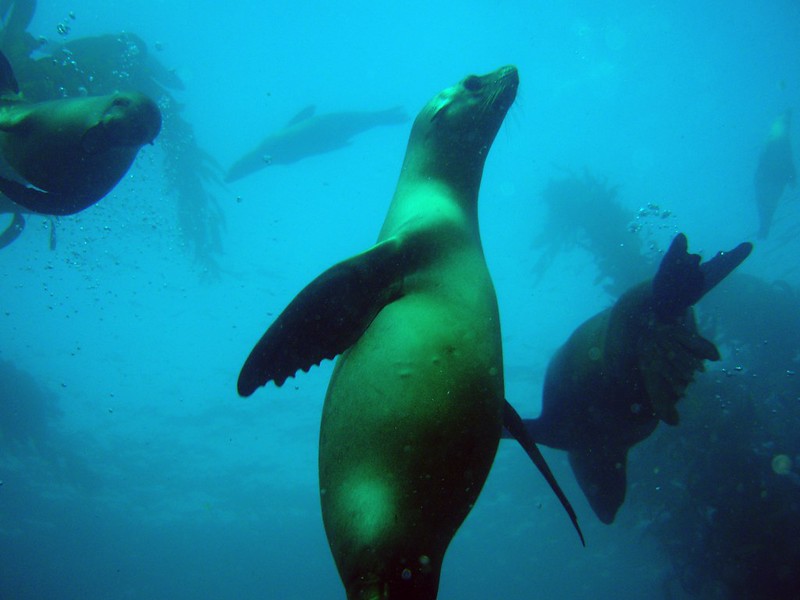
For Seals, Big Hearts Mean Big Dives – Hakai Institute
An enlarged aorta enables seals to dive for longer durations…
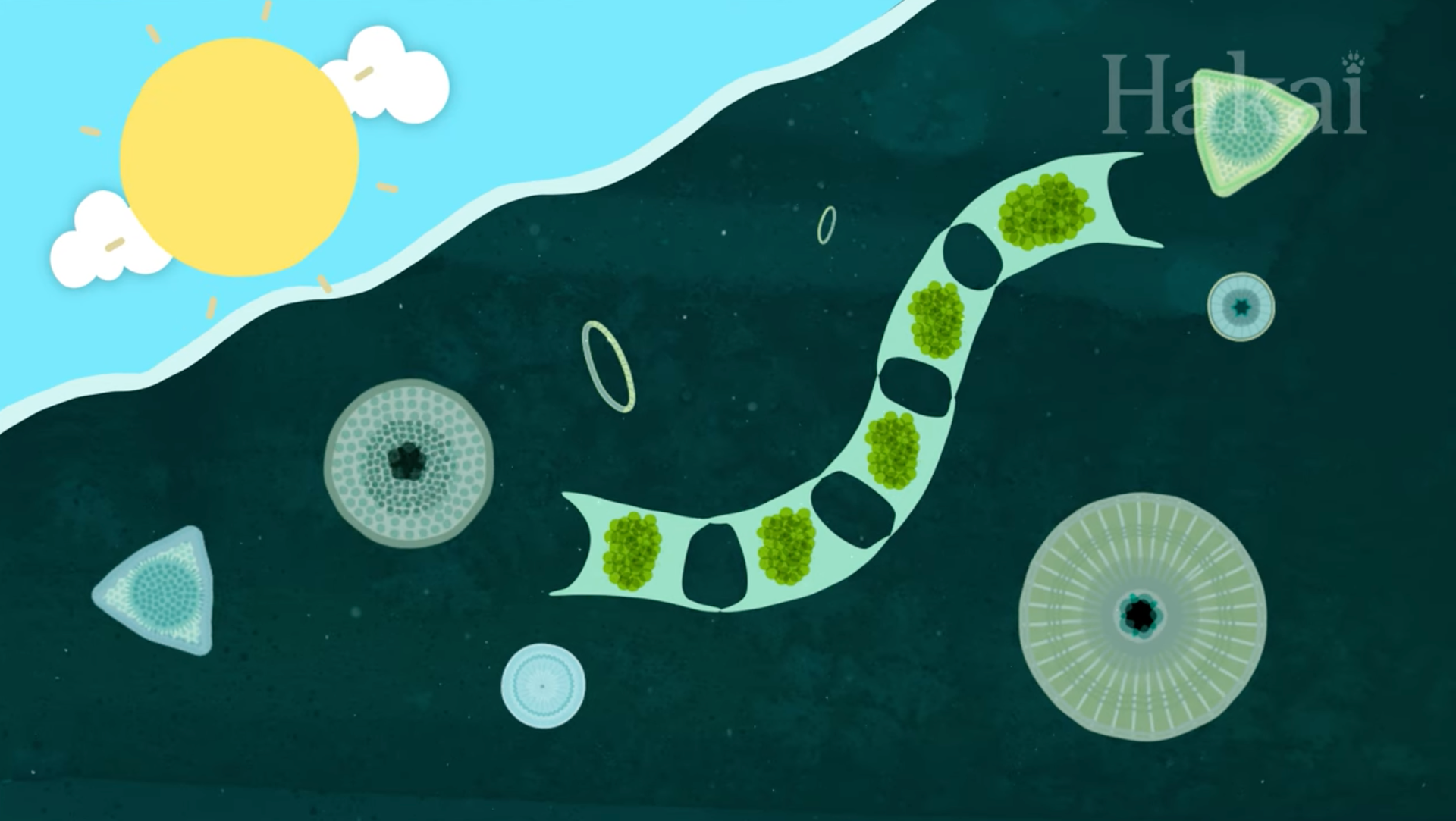
Long Story Shorts: How Does Fish Poop Keep Our World in Balance? – Hakai Institute
You might be asking yourself, What does fish poop have to do with the health of the ocean and our planet? Well, gross or not, that fish poop plays a big role in something called the carbon cycle. Watch this video to find out—then think about everything else that goes number two in the deep blue and you’ll see how all that poop can help keep the Earth in balance…

New Reads for Coastal Kids Are Packed with Fun and Facts – Hakai Magazine
These 10 coastal-themed books deliver more than pretty pictures…
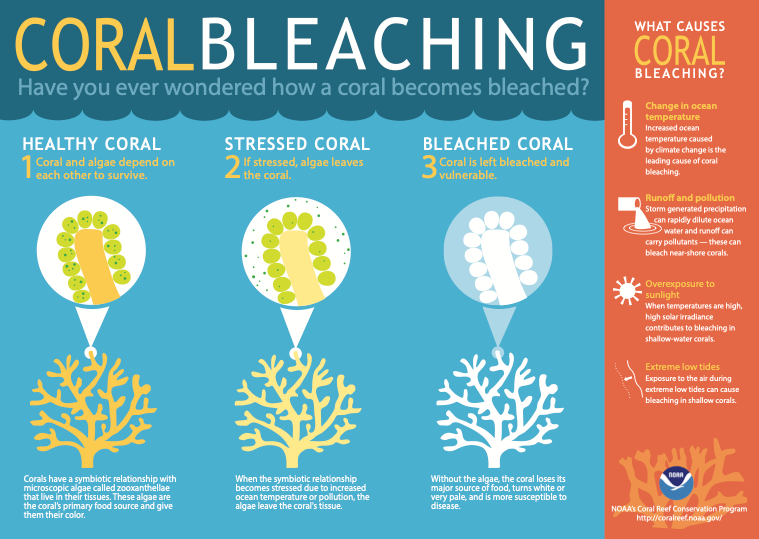
Seabird poop helps restore coral reefs – Mongabay Kids
Exciting news! Scientists working on reefs in the Indian Ocean have discovered that nutrients from seabird poop help corals grow…
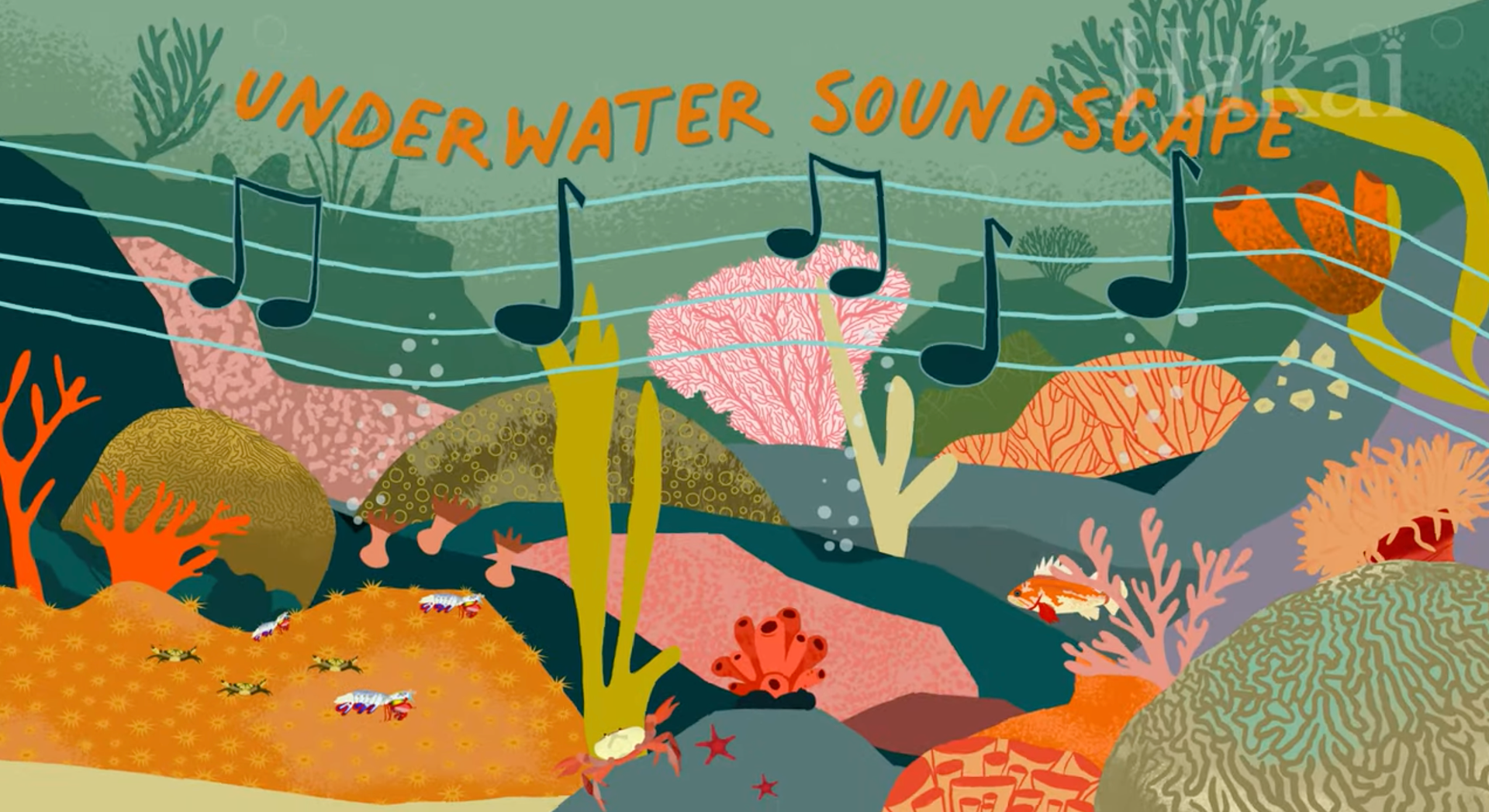
Long Story Shorts: What Role Does Sound Play in the Ocean? – Hakai Institute
Have you ever wondered how sound works underwater? Or how much life in the ocean depends on hearing and being heard? Watch this episode of Long Story Shorts to get the answers, and find out what happens when we interfere with the soundscapes of the sea…
